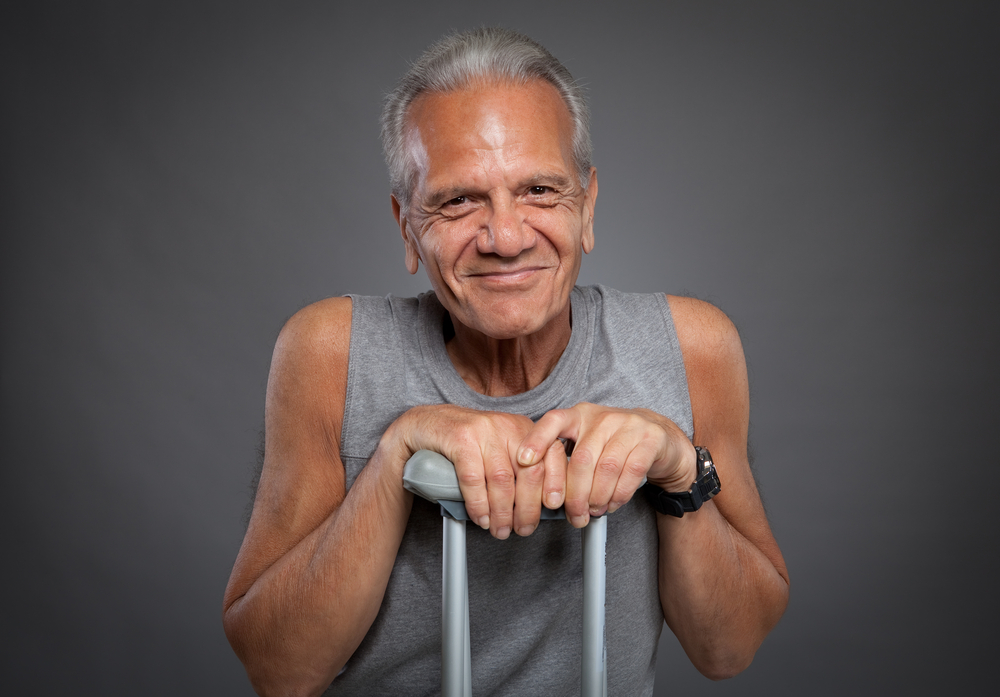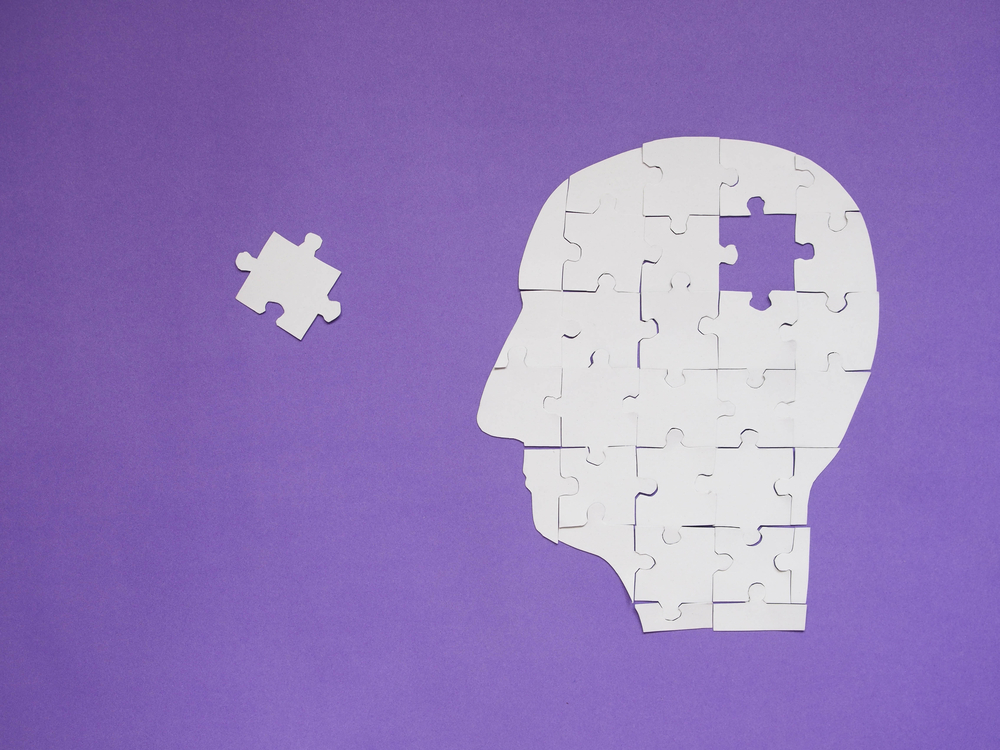While aging looks different for everyone, there are three common conditions that create a need for rehabilitation for older adults. Learn more about each (and how you can avoid them) here.
As we age, our bodies start to wear down. It’s an unfortunate truth, but it’s something we all go through eventually. In most cases, this gradual breakdown is normal and does not impair the activities of daily living as an older adult.
Many seniors remain mobile and independent well into their golden years. In other situations, though, conditions like balance problems and strokes, or the injuries caused by accidents like falls can create a dynamic that requires physical therapy or rehabilitation.
In these cases, extended care is typically necessary, and may be the only way a person can get back to health and continue to live independently.
While not all of these situations are preventable, there are certain preventative actions you and your loved ones can take to ensure health in the long-term.
The 3 Most Common Conditions That Require Nursing Care
From injuries to chronic conditions, these are the most common situations that may land seniors in long-term care or rehabilitation:
1. Strokes
Strokes are the third leading cause of death in the U.S. Each year, upwards of 140,000 people die from strokes. Beyond that, though, they are the leading cause of long-term disability in this country, with more than 795,000 people suffering strokes annually.
Depending on their severity, strokes can cause slurred speech, impaired movement, and paralysis. After suffering a stroke, most patients go through physical therapy or nursing care to regain strength and re-integrate into their normal lives.
2. Balance Problems
According to Move Forward, a division of the American Physical Therapy Association, balance problems affect 75% of older adults ages 70 plus. While these vary in severity, they can be crippling and can lead to ongoing problems with strength and stability.
When balance problems reach an unstable level, physical therapy is often required to help the senior fix muscle weakness and joint stiffness, and regain the strength needed to live independently or semi-independently.
3. Falls
Falls are very common among people ages 65 and older. In fact, NCOA (The National Council on Aging) reports that one in four Americans ages 65 and older fall annually, and that American emergency rooms treat a senior for a fall every 11 minutes. Falls can cause injury and have a heavy impact on quality of life.
Broken hips, chronic pain, and disability are all potential side effects of falls and can make it difficult for a senior to maintain independence without physical therapy or nursing care.
How to Avoid Needing Rehabilitation as Older Adults (or Speed the Healing Process)
While not all conditions are avoidable, these tips can help seniors stay healthy and speed up healing throughout the golden years:
- Stay active. The more active a senior stays, the lower the risk of injury. Regular activity keeps the heart and bones healthy and can help ward off balance problems and muscle atrophy.
- See a doctor regularly. It’s recommended older adults see a primary care provider on a regular basis. This can help prevent major health incidents and deliver preventative care.
- Eat a healthy diet. A healthy diet is one of the best ways to prevent strokes, heart disease, diabetes, and other conditions that often necessitate rehabilitation.
Want to learn more about staying healthy as you age? Visit our blog to read the latest news.



